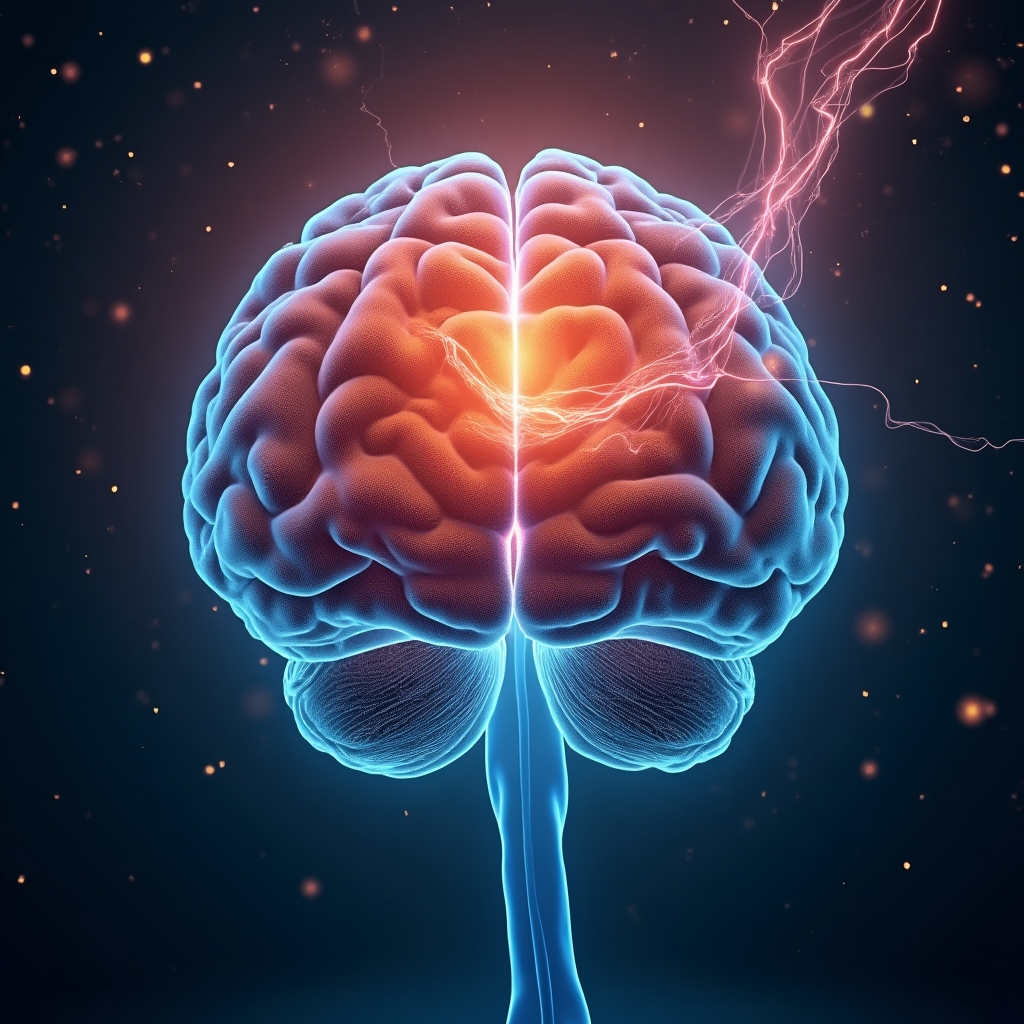Imagine a world where shedding those extra pounds doesn't just make your clothes fit better but also transforms your body's fat from storage lockers to energy furnaces. This isn't a sci-fi fantasy; it's a reality emerging from the cutting-edge research conducted by scientists around the globe.
iN SUMMARY
- 🔬 Research shows that reducing cysteine, an amino acid, can flip fat cells from storage to burning mode.
- 🔥 Converting white fat to brown fat boosts metabolism and promotes weight loss.
- 👩🔬 Experiments conducted on both humans and animal models have shown promising results.
- 🌍 This discovery could lead to new weight-loss strategies with fewer calories being stored as fat.
According to a groundbreaking study published in Science Daily, researchers have found that cutting calories not only slims you down but also reduces the levels of cysteine, a pivotal amino acid. This surprising outcome flips our body's fat-storing cells into fat-burning mode, leading to increased metabolism and more effective weight loss.
The Magic of Cysteine: More Than Just an Amino Acid
Think of cysteine as a tiny switch with massive power. Found in many proteins, this amino acid plays a crucial role in various bodily functions. But what intrigues scientists is its newfound ability to convert white fat—primarily used for energy storage—into brown fat, known for its heat-producing properties. This transformation is akin to turning a passive dam into a bustling hydroelectric plant, generating energy from stored resources.
White Fat vs. Brown Fat: A Transformation Story

The human body contains two main types of fat: white and brown. White fat stores energy in large droplets and contributes to those extra pounds we often worry about. In contrast, brown fat is packed with mitochondria, the powerhouses of cells, which enable it to burn calories and produce heat.
Brown fat was once thought to be present primarily in babies and hibernating mammals, but recent studies reveal its presence and potential in adults. The process of converting white fat into brown fat is called "browning" or "beiging." It's a scientific adventure with exciting implications for those battling weight gain.
Recent Discoveries and Human Studies
The study, conducted by an international team of scientists, explored the effects of reduced cysteine on both humans and animal models. The results were promising across the board, suggesting a universal trait that may erode one of the great hurdles in weight loss.
A Fat-Reducing Blueprint
- First, participants reduced their caloric intake, which demonstrated a decrease in cysteine levels.
- Subsequently, brown fat activation was observed, evidenced by increased heat production and metabolic rate.
- The examination also revealed significant weight loss over time without the participants experiencing muscle loss.
- Lastly, improved metabolic health was noted, reducing the risks associated with excess white fat.
Such results point to a potential breakthrough in understanding how small dietary adjustments can have significant impacts on fat reduction and overall health improvement.
Practical Tips for Embracing the Metabolic Shift
If you're eager to take advantage of this new knowledge, consider the following steps to encourage your body's fat-burning capabilities:
- Monitor your caloric intake: Aim for a balanced reduction that aligns with your energy needs.
- Include foods low in cysteine: Such as fruits, vegetables, and grains, which can help to maintain reduced levels of this amino acid.
- Embrace healthy fats: Avocados, nuts, and olive oil can support metabolism while providing essential nutrients.
- Regular exercise: Physical activity can further catalyze the conversion of white to brown fat.
These straightforward yet effective lifestyle changes can help you harness the power of brown fat, creating a win-win scenario for both health and weight management. For those living in cities like Toronto or Los Angeles, getting started with these tips might just be the push you need!
The Pioneering Spirit of Scientific Inquiry
This revelation not only underscores the dynamic nature of scientific research but also provides hope for those seeking sustainable ways to improve their health. As teams around the world continue to explore the intricacies of our own biology, the potential applications of such findings are limitless.
Ultimately, the quest to understand our bodies better shows our cognitive and empathetic power. These findings don't just pave new paths for scientific curiosity; they inspire hope and change for communities across the globe.
A Hopeful Tomorrow
Wouldn't it be wonderful if your body's fat could be commanded to serve a more fruitful purpose? With discoveries like these, we might just be on the brink of an exciting metabolic revolution. Let your curiosity lead you to explore how science can positively impact your life.
What are your thoughts on this fascinating study? How would you implement these findings into your daily routine? Share your ideas, favorite tips, and join the conversation in the comments below. Become part of our iNthacity community. Here, we're more than just visitors; we unite as a community to explore the wonders and challenges of the world together.
Remember, while life's challenges might sometimes seem overwhelming, science continually opens the door to optimism. Why not embrace this possibility today— it may just light up the path to positive change!
Disclaimer: This article may contain affiliate links. If you click on these links and make a purchase, we may receive a commission at no additional cost to you. Our recommendations and reviews are always independent and objective, aiming to provide you with the best information and resources.
Get Exclusive Stories, Photos, Art & Offers - Subscribe Today!
























Post Comment
You must be logged in to post a comment.